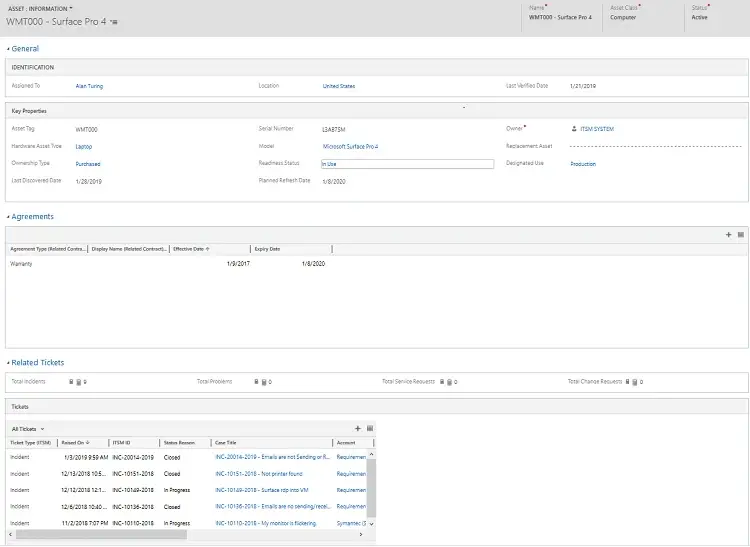Ready to Get Started
At Provance, we go out of our way to bring you great service. That’s in our digital DNA. Your IT success is our success.
Configuration Management is not IT asset management. With the popularity of IT management solutions, there’s been some growing confusion between ITAM and configuration management (CM). CM involves the collection, storage, management, update, analysis and presentation of all configuration items, while ITAM is really about the tracking, optimizing and managing of assets across the entire asset lifecycle. Issues ensue when people use configuration information rather than properly sourced and managed IT asset data, resulting in:
Configuration management software, like Microsoft System Center Configuration Manager, gathers inventory and usage information about hardware and software to support IT management. Much of this data is also important and useful in supporting the ITAM function, however, most configuration management software can only gather data while the target assets are operating and connected to your network. Even during the maintenance lifecycle, assets such as those, for example, that are in storage or broken or off line or non-network are not operational or connected and so are missed by configuration management software. You just can’t really manage assets well throughout their entire lifecycle if you’re relying on configuration data.
Reliance on configuration items prevents you from using proper processes to effectively manage your IT assets according to best practices. One of the primary purposes and main benefits of ITAM is to ensure that your actual environment is deployed the way it should be: Are the right people using the right assets in the right place and in the right way?
ITAM lets you:

Configuration information provides you with a view of the actual environment based on automated scanning of deployed assets. It provides you with important information for managing performance, such as memory, processors, IP and MAC addresses, installed software, usage, primary user, etc.
Comparing IT asset management information with configuration information lets you compare the planned and actual environments, and then reconcile the differences. For example, if a computer is assigned to one user, but is being used by a different primary user, it’s important to find out why, and take corrective action. Similarly, if a computer is assigned to one location, but is discovered in another location, the discrepancy needs to be properly resolved according to a defined process.
When you use configuration information to populate or automatically change IT asset properties, you destroy your ability to perform this core function of ITAM. It’s not about managing data—it’s about managing assets. Only asset records created and maintained independently lets you see variances of the actual environment from what it should be and follow process to fix it.
In most cases, configuration information is simply not suitable or not reliable enough for IT asset management purposes. For example, Configuration Manager determines the primary user of a computer, however, this can be determined based on how the administrator has configured the setting—either most recent, frequent or primary. Similarly, using an IP address to determine a computer’s physical whereabouts isn’t always precise or accurate; few IT organizations optimize IP address subnet allocation to readily map to locations as they’re defined for IT asset management.
So, the moral of this blog post is—don’t confuse ITAM and configuration management—they’re just not interchangeable. Confusing ITAM and configuration management will make it impossible for you to properly manage assets through the entire lifecycle.
Check out our latest IT Asset Management solution: ServiceTeam ITAM Power App
At Provance, we go out of our way to bring you great service. That’s in our digital DNA. Your IT success is our success.